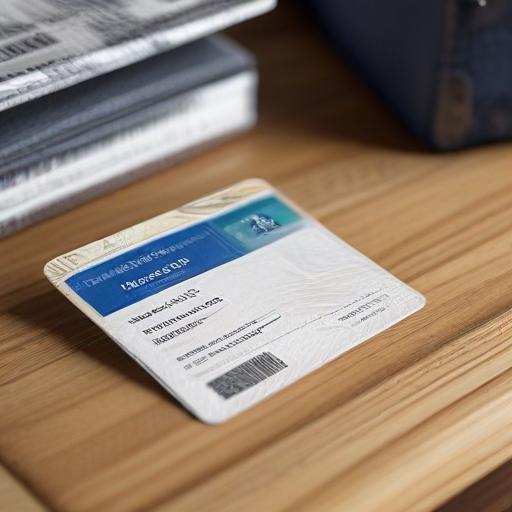The implementation of the REAL ID Act marks its 20th anniversary, prompting renewed scrutiny of its effectiveness and implications. Starting today, if travelers do not possess a REAL ID-compliant driver’s license or an alternative government-issued identification, they may face challenges boarding domestic flights. The Act arose from a recommendation by the 9/11 Commission, suggesting that improved identity verification could help prevent terrorist activities, primarily citing the fact that many of the hijackers obtained identification through fraudulent means.
However, critics argue that this identification requirement does not necessarily enhance security. Notably, incidents like the shoe bomber and the underwear bomber highlight failures in passenger screening that identification checks have not prevented. These events showed that it is not merely the verification of identity that matters; rather, effective screening of passengers and their belongings plays a critical role in ensuring safety in air travel.
Legal challenges regarding the need for identification in air travel date back even before the REAL ID Act was enacted. In 2006, John Gilmore brought a case against the federal government, challenging the constitutionality of ID requirements on flights. While the case was ultimately dismissed, it raised important questions about the constitutional right to interstate travel, suggesting that excessive ID checks could infringe on this right.
The REAL ID Act’s requirements create a two-tiered travel system: those with compliant IDs have access to faster and more efficient modes of transport, while those without them may be forced to resort to considerably slower alternatives. This reality poses potential hardships for individuals facing urgent situations, such as needing to travel for medical emergencies.
Furthermore, the Act raises significant constitutional issues, particularly regarding equal protection and the proportionality of restrictions placed upon travelers. The differential treatment of air and rail travel undermines the rationale for the ID requirements, calling into question whether the perceived security benefits justify the burdens imposed on citizens.
As enforcement of the REAL ID Act begins, it invites further examination of the balance between security measures and civil liberties. While advocates contend that stricter ID laws can promote safety, many argue that they ultimately compromise the foundational principles of freedom and privacy in travel. Addressing these ongoing concerns could pave the way for a more balanced approach to travel security, allowing citizens to travel without undue government oversight while still maintaining safety.
